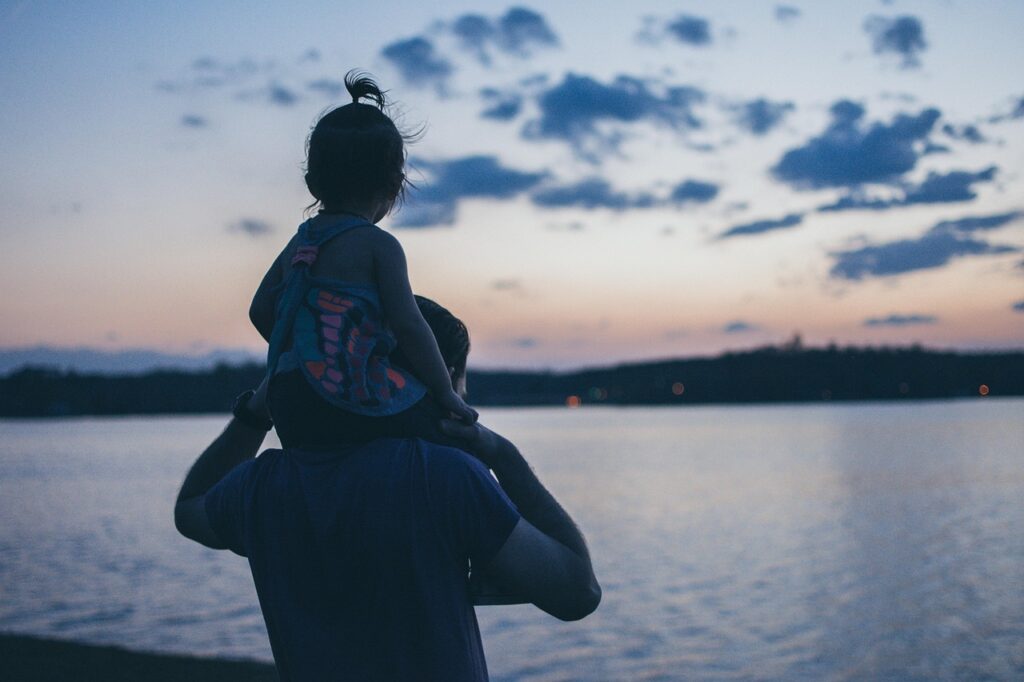Skin cancer is one of those health issues that can easily slip under the radar. After all, we all love basking in the sun, feeling the warmth on our skin, and rocking that sun-kissed glow. But here’s the reality: skin cancer doesn’t discriminate, and it’s something every woman needs to take seriously. Whether you’re lounging at the beach, running errands, or enjoying a day outside, understanding the risks of skin cancer and how to protect yourself is key. So, are you really protecting yourself enough, or are you letting some sneaky risk factors slide?
The most obvious factor is sun exposure. The sun’s UV rays are powerful, and over time, they can cause damage to your skin, increasing your risk of skin cancer. This doesn’t mean you need to stay inside all day (because, let’s be honest, that would be no fun), but it’s important to be smart about your sun time. If you’re spending hours in the sun, it’s vital to protect your skin with sunscreen, hats, and protective clothing. It’s not just about getting burned — even subtle, long-term exposure can add up and increase your risk.
Now, let’s bust a myth: You don’t have to have fair skin to be at risk for skin cancer. While it’s true that lighter skin tones are more sensitive to UV damage, darker skin tones are not immune. In fact, some studies show that women with darker skin may actually be diagnosed with skin cancer at a later stage, simply because they don’t realize they’re at risk. The takeaway here is that no matter your skin color, protecting your skin from UV rays is important. Always wear sunscreen and take care of your skin — prevention is key!
Family history also plays a role in your risk. If skin cancer runs in your family, you’re at a higher risk of developing it yourself. That doesn’t mean you’re doomed, but it does mean you need to be extra vigilant. If your parents or siblings have had skin cancer, make sure you’re regularly checking your skin for any unusual moles, spots, or growths. Regular skin checks — both at home and by a dermatologist — can catch issues early, when they’re easier to treat.
Speaking of moles, did you know that women under 30 are more likely to develop melanoma (the deadliest form of skin cancer) than men? It’s partly due to the rise of tanning beds and the misconception that a tan equals beauty. Tanning beds may give you a quick glow, but they also expose your skin to harmful UV rays that can lead to skin cancer. It’s tempting to look bronzed, but the long-term effects just aren’t worth it. Stick to self-tanners or bronzing lotions instead — your skin will thank you!
Age is another factor that can influence your risk of skin cancer, but it’s not just about getting older. Women between the ages of 40 and 60 are often diagnosed with skin cancer, but the damage can start much earlier. So, even if you’re young, don’t wait to start protecting your skin. Whether you’re a teen or a grandma, sun protection is for everyone.
Lastly, it’s easy to forget about the hidden spots. Think about those areas that rarely see the sun — like your scalp, ears, and the soles of your feet. These areas are often neglected when it comes to sunscreen, but they’re just as vulnerable to damage. When you’re slathering on sunscreen, don’t forget to cover these less obvious spots.
So, are you protecting yourself enough? Skin cancer is preventable with the right precautions, and it’s never too late to start caring for your skin. Regularly check your skin for any changes, be diligent about sun protection, and get professional skin checks if needed. Remember, your skin is the only one you’ve got, so treat it with love, and it will thank you for years to come.








